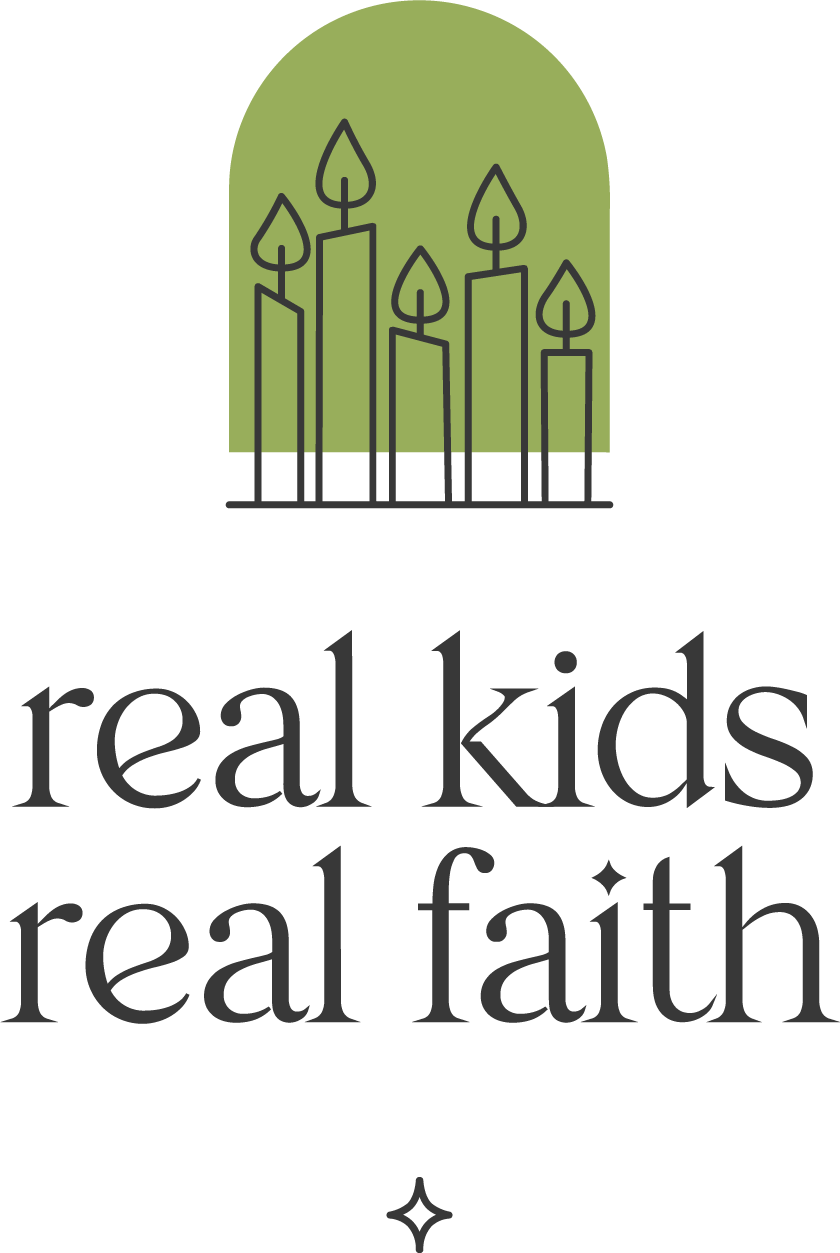Children begin learning about differences at a young age. Figuring out how to categorize things is one of the ways they make sense of the world. They sort and label items, using their growing language skills. They notice a positive change in their emotions when they encounter a familiar object, and may feel anxious or uncertain when introduced to something unfamiliar. They may even develop biases that reflect their preference for sameness rather than difference.
Paul Stewart explores the problem of bias and ways to resist it in his picture book, Brian the Brave. As you read the story with children ages 3-8, invite them to learn more about the negative effects of bias and the positive power of teamwork.
Left out. Each time new sheep come and refuse to play with someone, that sheep feels sad. Being left out of a group can generate a lot of different emotions. Invite children to use stuffed animals, plastic animals, or other objects to act out Brian’s encounters with Rose and Stanley, then Tracey and Frank, and then Cassidy, Ernest, and Lou. After each interaction, ask: How does the left out sheep feel when the others refuse to play with him? Encourage children to name emotions they imagine the sheep might feel in addition to sadness, especially after the third rejection.
Differences. The new sheep offer reasons for excluding others that focus on things that cannot be easily changed: the color of one’s wool, whether one has horns or not. Play a game with children where you list together all the things that appear different about you. Then list all the things that seem similar. Ask: How might our similarities help us connect with one another? How might our differences help us connect? With school-age children, also ask: How might our similarities make it harder to connect? How might our differences make connecting harder?
Common fears. All the sheep, regardless of the color of their wool or whether they have horns, are afraid of the wolf. Ask children: What are you afraid of? Provide a large sheet of paper or poster board where children can draw pictures of things or situations they find scary. (Or invite children to draw individual pictures and attach them to a common board.) Encourage them to share stories about times when they have been afraid and why they were scared.
Teamwork. When all the sheep work together, they are able to drive the wolf away. They each use their abilities to contribute something to the fight. Identify a common fear that children have and invite them to act out ways that they could help each other in a scary situation. Ask: What could you do to make the situation better? What could others do to help as well? Then encourage children to demonstrate their responses as a team.
Bungalungabam! Brian’s favorite word is ‘bungalungabam’. He shouts it out when he is excited or happy. Invite children to come up with a word or action that they might use to signal their excitement. Ask: What do you do or say when you are really happy or excited? Affirm their individual responses and encourage them to create a family or group cheer that everyone likes and can use as well.

Comments